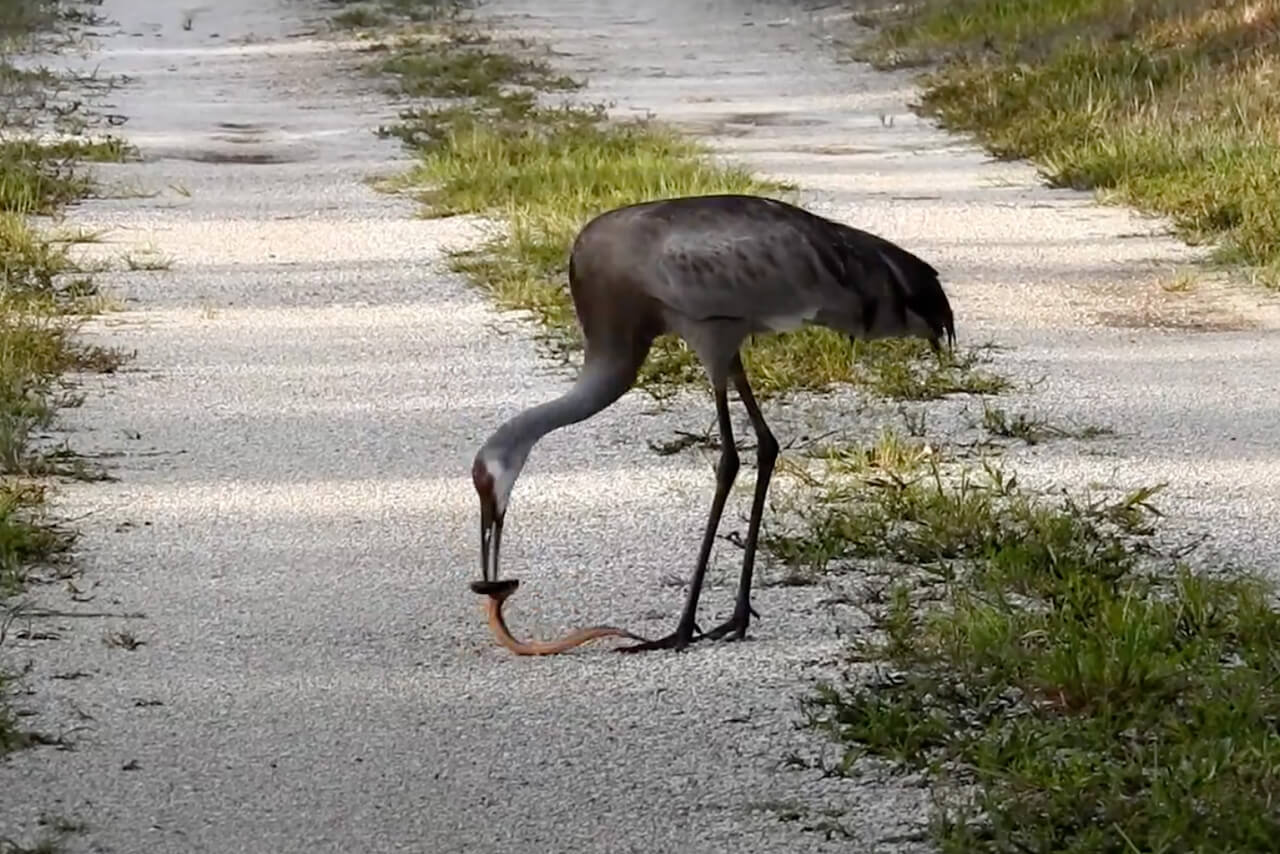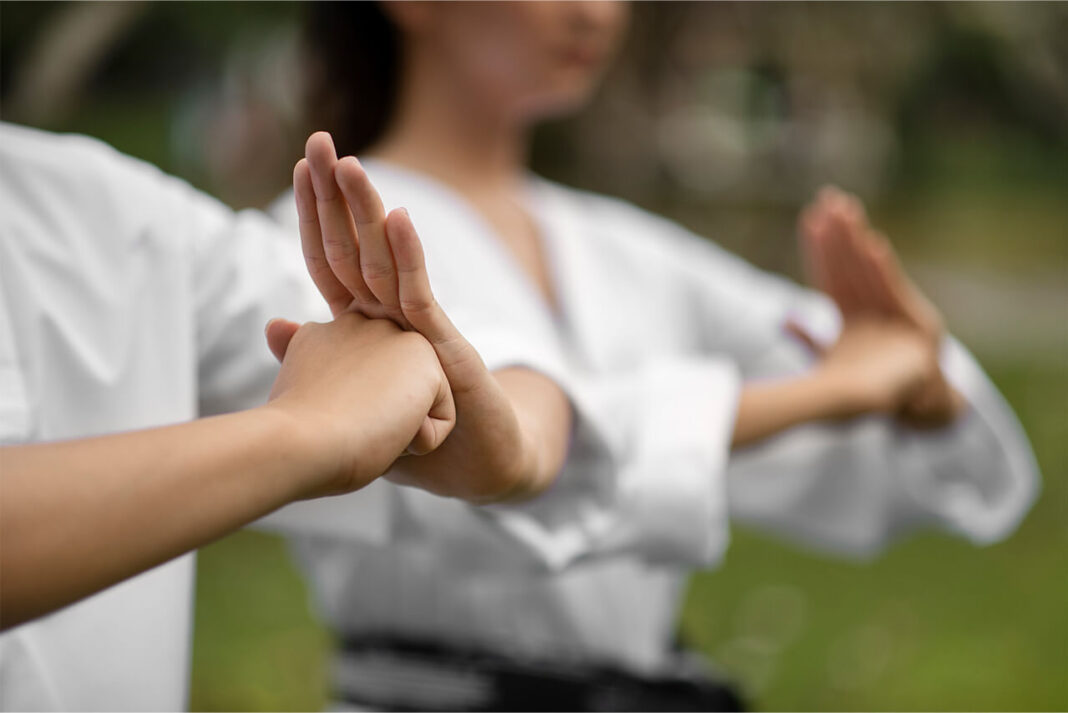When it comes to martial arts, people usually think of judgments that do not reflect the truth. Unfortunately, this labeling issue applies to almost everything that is not well known. Fortunately, in this article, we will discuss the meanings and subtleties of a defense system. We will start from the basic principles of Ving Tsun (Wing Chun), introduced to the world by actor and martial arts master Bruce Lee. This field offers a non-violent but effective resistance methodology against socio-political problems in accordance with the spirit of our time (zeitgeist). Or rather, it perhaps suggests a kind of “non-resistance”. Indeed, the basis of this whole set of practices is a combination of geometry and various philosophies. Ving Tsun, deeply kneaded with logic, is a suitable key to creating radical systemic changes.
Directing Forces in Authoritarian Systems
Within authoritarian practices and systems, Ving Tsun offers the principle of directing the forces of opponents. In other words, if the opponents are much stronger than us, it is not wise to respond with physical force. Instead, a strategic principle emerges in which violence is not internalized but power is directed. For example, if we resist with our flesh and blood when we are somehow pressured with heavy materials, we are not acting rationally. However, if we can organize ourselves like piranha individuals, forming tight living chains, we can have a real impact. This can be exemplified by the basic technique of the Wing Arm (Bong Sao) in Ving Tsun. The essence of this technique is to avoid direct combat and thus frustrate the opponent’s energy. In other words, the opponent is thus strategically controlled.
Psychomythology: Therapeutic Codes of Legends
The basis of Ving Tsun is mythological narratives that have been passed down from generation to generation. Many successful practitioners of martial arts, such as the martial arts master and founder, Hollywood actor, philosopher Bruce Lee, and theirs teacher Yip (Ip) Man, have been nourished by myths. For this reason, Ving Tsun legends have shaped its techniques. The narratives regarding the emergence of this art of defense are verbal. Therefore, we cannot know whether these actually happened. Nevertheless, they guide us and this is what is important. In fact, Master Yip Man “about whom six biographical films have been made” also conveyed to their students that what matters is not whether these stories are true, but whether the techniques work. Hence, the myths that form the foundation of this defensive art are multi-layered symbols that exist beyond the collective consciousness.
The Legend of Ng Mui
Most masters, including Yip Man, state that Ving Tsun was created by a “nun” form the Buddha school named Ng Mui. In this context, Ng Mui was one of the five masters who survived the destruction of the Shaolin Temple in China in the 17th century. According to legend, Master Mui went to Southern China and developed a new martial art. The master’s survival after the destruction of the temple corresponds to the myth of “death and rebirth”. This story inverts the classical hero’s journey approach represented by psychomythologist Joseph Campbell. It emphasizes intelligence over strength, flow over toughness, and transcends binary and normative gender perception. On the other hand, Ng Mui’s student “the one who gave their name to the system” defeats a bully who had threatened them after they rejected his marriage proposal, using Ving Tsun techniques. They are no longer someone waiting to be saved, nor the one being saved, but their own savior.
Psychomotor Skills and Staying Calm Despite Pressures
While psycho is related to the mind, thoughts, emotions and perceptions, motor is related to muscle activity, body movements and reflexes. When these two concepts come together, we understand the working together of mental processes and body movements. Balance, coordination, fast decision-making, reflexes and movement memory are related to the psychomotor system. From this point on, perceiving an attack against us is psycho, responding to this attack is motor, and doing it without thinking but with awareness is an automatic psychomotor skill. Consequently, repetition is inevitable in order to acquire a new movement skill. Thus, this skill develops and becomes spontaneous. On the other hand, without being caught up in the modes of our nervous system triggered by emotions such as fear, anxiety and anger, we enter the flow (yield, redirect) state.
The concept of active gaze, deep but soft breath, and relaxed body despite the threat is related to ventral vagal activation. So, you neither run away (flight), nor freeze (freeze) nor fight (fight), but you are ready for everything. This is what we call the psycho-physical state of alertness. Freezing occurs when the nervous system neutralizes motor signals. In Ving Tsun techniques, there is a constant micro-movement state, the center line, hands, and elbows are in the “sensing” position. In this relationality, the incoming attack cannot prevent you, you move with it. In a more understandable form, when we experience the opponent as energy and do not directly oppose it, that is, when we do not resist it, the power it exerts returns to it. In other words, we cannot win by directly attacking the stronger one. We can still make it face its own tyranny.
Ng Mui’s Snake and Crane Approach
Master Mui retreats to the mountainous forests of Southern China after the Qing Dynasty destroyed the Shaolin Temple. One day, they witnesses a silent and almost graceful encounter between a snake and a crane. The snake moves in a coiled motion and does not attack directly. The crane, on the other hand, manages to ward off every attack of the snake with a single movement. The snake moves on the ground, calm and silent, but deadly. Being able to shed its skin, it symbolizes transformation and rebirth. The crane, on the other hand, is in the air most of the time, and has an elegant defense method with its wing. It is balanced (centered), aesthetic, but careful. Ng Mui bases this encounter, where there is no winner and no loser, on the foundation of Ving Tsun. These two forms, which learn from their togetherness without opposing each other, and experience each other, teach us to go beyond brute force.

This myth and Ving Tsun eliminate the view that the weak are powerless. Put another way, the meaning of the concept of power has changed, and a different form of power has emerged. Just as water shapes a rock over time or moves around a rock to mix with its source, we should not directly clash with systems and their representatives that have become petrified. We can adopt a state of alertness that shapes by flowing continuously, instead of actions that emerge in sudden flashes. In simpler terms, we become a process that listens rather than flees, directs yet not fights, softens and becomes stronger more than hardens. When we resist without resisting, we reflect, when we direct to open space as opposed to destroy and force, we change the system with its own power. As a result, when we have physical-mental (holistic) awareness, we return the dictators their own oppression without internalizing it. A regulated nervous system also provides regulation to other nervous systems.



